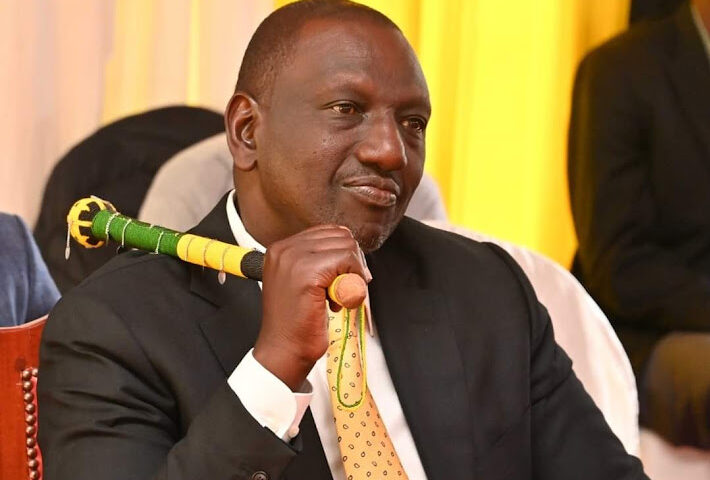By Spy Uganda Correspondent
Chinese banks have fined Kenya 1.312 billion Kenyan shillings in the year ended June for defaults on loans provided to build the standard gauge railway (SGR).

SGR posted an operating loss of Sh 3.4 billion, and wired Sh 22.7 billion in loan repayments in the year to June.
Kenya tapped over half a trillion shillings from Chinese lenders, led by the Export-Import Bank of China, to fund the construction of the SGR from Mombasa to Naivasha.
“This (Sh1.312 billion) relates to the cost of default on interest at one percent of the due amount,” said.
Taxpayers have been forced to shoulder the burden of the SGR loans because revenues generated from the passenger and cargo services on the track are not enough to meet the operation costs, which stood at Sh 18.5 billion in the year to June against sales of Sh 15 billion,. (https://downtownvictoria.ca/)
The default came in a year when Kenya had asked for an extension of the debt repayment moratorium from bilateral lenders, including China, by another six months to December 2021, saving it from committing billions to the Beijing lenders.
But the lenders, especially Exim Bank of China, opposed Kenya’s application for a debt repayment holiday in a standoff that delayed disbursements to projects funded by Chinese loans.
China, which accounted for about one-third of Kenya’s 2021-22 external debt service costs, is the nation’s biggest foreign creditor after the World Bank.
Kenya spent a total of Sh 117.7 billion on Chinese debt in the period, of which about Sh 24.7 billion is in interest payments and almost Sh93 billion in redemptions, according to budget documents. Repayment of the SGR loan started in January 2020 after the lapse of a five-year grace period that Beijing had given Kenya.
The loan default underscores Kenya’s financial distress in the face of fast-maturing debts that have eaten deep into tax collections and squeezed funds for development projects, reported Business Daily Africa.
Former President Uhuru Kenyatta’s administration largely took loans from China from 2014 to build roads, bridges, power plants and the SGR.
The deal to fund the first phase of the SGR, Kenya’s single-largest infrastructure project by cost since independence, saw China overtake Japan as Kenya’s largest bilateral lender.
Kenya’s debt increased more than four-fold to Sh 8.58 trillion under the Kenyatta administration. The surge in liabilities left the country at high risk of debt distress, according to the International Monetary Fund (IMF).
Kenya spent almost 57 percent of tax income in the past financial year on repaying loans, according to the Treasury, underlining the effects of the mounting public debt on State finances.
The terms of China’s loan deals with developing countries are unusually secretive and require borrowers to prioritize repayment to Chinese state-owned banks ahead of other creditors.
The dataset — compiled over three years by AidData, a US research lab at the College of William & Mary — comprises 100 Chinese loan contracts with 24 low- and middle-income countries, a number of which are struggling with mounting debt amid the economic fallout from the Covid-19 pandemic.
It uncovered several unusual features, including confidentiality clauses that prevent borrowers from revealing the terms of the loans, informal collateral arrangements that benefit Chinese lenders over other creditors and promises to keep the debt out of collective restructurings — dubbed by the authors as “no Paris Club” clauses.
The Paris Club is a group of officials from major creditor countries whose role is to find solutions to the payment difficulties of debtor countries.
President William Ruto last month reversed one of the most controversial policies of the previous administration that had made it compulsory for cargo clearance to be done at the inland container depots in Nairobi and Naivasha.





